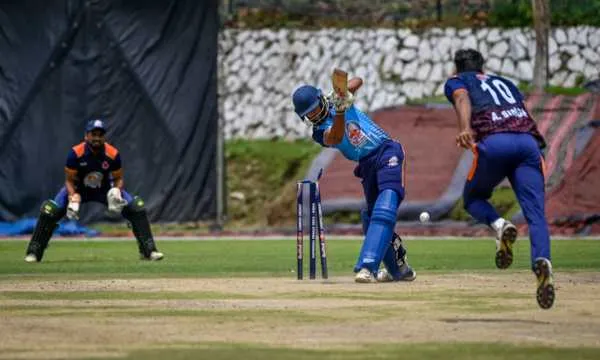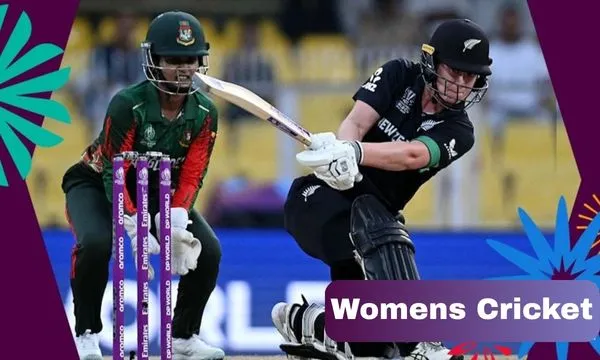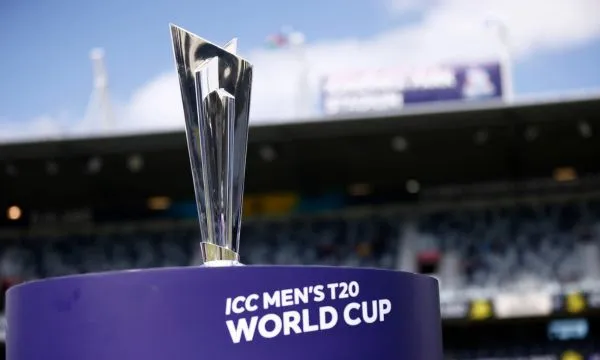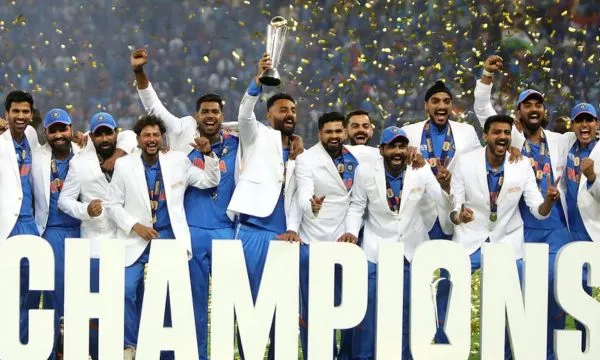Master the rules of ODI and dive into the tactical strategy that defines the 50 over format.
Anúncios
This unique style balances the explosiveness of T20 with the patience of Test cricket, making it a true test of skill.
Understand the captain’s control over bowlers, whose 10 over restriction shapes every crucial on-field decision.
Discover the unbelievable scores and epic comebacks that build the unmatched suspenseful narrative of this sport.
Get ready to uncover why this prestigious format maintains its vital place despite the rising popularity of shorter leagues.
Understand the ODI Rules in a Simple Way
Before we get into the thrilling strategies, let’s start with the basics. An ODI match involves two teams, with each team getting a turn to bat and bowl for a maximum of 50 overs.
One player bowls six legal deliveries to complete an over. Essentially, the team with the bat aims to achieve the highest possible run total, while the bowlers and fielders work to get wickets and limit the opposition’s scoring.
After the first team has completed its 50 overs, or has been bowled out, the teams swap roles. The second team then chases the target score set by the first.
To keep the game dynamic, ODI matches feature “powerplays”, which are special phases with fielding restrictions.
The opening ten overs constitute the first powerplay phase, during which field restrictions limit fielders outside the 30 yard circle to a maximum of two.
This encourages aggressive batting and gives the opening batsmen a chance to score quickly.
Later in the innings, the restrictions are eased slightly, but they still play a crucial role in how a captain sets their field and how a batsman approaches their innings.
These rules ensure there are periods of high octane action throughout the match.
How the Overs per Bowler Rule Shaped Tactics
A crucial regulation in ODI cricket is the quota determining the number of overs a bowler may deliver in a full 50 over fixture, any individual bowler is limited to ten overs at most.
This rule is fundamental to the format’s strategy because it prevents a single dominant bowler from controlling the entire innings.
Instead, a captain must rely on a balanced and varied bowling attack to get through the 50 overs effectively.
This restriction forces a captain to think like a chess master, carefully managing their bowling resources.
They must decide when to use their best bowlers, often called “strike bowlers”, to take crucial wickets.
A team must have at least five competent bowlers, and the presence of all rounders, players skilled in both batting and bowling, becomes incredibly valuable.
The 10 over rule has shaped team selection and the evolution of cricket skills.
With the foundation of bowling tactics covered, it’s fascinating to see how these strategies translate into on-field results, leading to monumental team scores and breathtaking comebacks.

The Highest Team Scores and the Greatest Comebacks
The modern ODI era is defined by powerful batting and sky high scores. Totals that were once considered impossible are now achieved with surprising regularity, a testament to how batting strategies have evolved.
A recent example of this power hitting was England’s incredible total of 414 for 5 against South Africa, which led to a record breaking 342 brun victory.
This shows that teams are constantly pushing the boundaries of what is possible in 50 overs, making almost any score feel chaseable.
Of course, cricket is not just about setting huge scores but also about chasing them down.
Some of the most memorable ODIs in history have been epic run chases where a team snatches victory from the jaws of defeat.
These comebacks demonstrate the incredible mental fortitude and skill required in this format.
They remind fans that a match is never truly over until the final ball is bowled, creating a sense of suspense that few other sports can replicate.
However, the rise in massive scores has sparked debate. Former players like Moeen Ali have pointed out that the rules often heavily favor batsmen, which can sometimes make the contest feel one sided.
Regardless of the debate, these incredible team performances, both in setting and chasing totals, have created a legacy of unforgettable matches.
This naturally leads us to celebrate the individual brilliance that fuels these team efforts.
The Complete List of Lightning Fast Centuries in ODIs
While teamwork is key, cricket is also a stage for breathtaking individual performances.
Achieving a century, reaching 100 runs, is a significant accomplishment for any batter, though scoring it quickly has the power to drastically alter the match’s momentum.
A fast century demoralizes the bowling team and sets up a commanding total in a very short span of time.
-
AB de Villiers (South Africa) – 31 balls vs. West Indies in 2015
-
Corey Anderson (New Zealand) – 36 balls vs. West Indies in 2014
-
Shahid Afridi (Pakistan) – 37 balls vs. Sri Lanka in 1996
-
Glenn Maxwell (Australia) – 40 balls vs. Netherlands in 2023
-
Asif Khan (UAE) – 41 balls vs. Nepal in 2023
These performances highlight batsmen who possess a rare combination of power, timing, and innovation.
They are masters of finding gaps in the field and clearing the boundary with ease.
Understand the Relevance of the ODI Format in the T20 Era
There’s no denying that the rise of fast paced T20 cricket has put pressure on the ODI format.
With its shorter duration and non-stop action, T20 leagues around the world have captured the attention of many fans.
Some critics, including active players, have voiced concerns that the 50 over game can feel too long or predictable in comparison.
The demanding international schedule has also led some to question its long term sustainability.
Despite these challenges, ODI cricket holds a unique and vital place in the sport.
It offers a narrative depth that T20 cannot match, acting as a bridge between the instant gratification of T20 and the traditional endurance of Test cricket.
ODI cricket tests a wider range of skills, requiring players to build an innings, rotate the strike, and strategically accelerate at the right moments.
The Cricket World Cup, the premier ODI tournament, remains one of the most watched sporting events globally.
Conclusion
From its clear cut rules to its deep tactical nuances, One Day International cricket offers a complete and compelling viewing experience.
It is a format that has given us incredible comebacks, record shattering scores, and unforgettable displays of individual genius.
It truly tests every aspect of a player’s ability, from their physical stamina to their mental resilience.
The balance between attack and defense is what makes every match a captivating story.
FAQs
1. What is an over in cricket?
An over is defined as a sequence of six legitimate balls delivered by one individual bowler from the same side of the field. Following the completion of this sequence, a different bowler takes over from the alternate end.
2. What is the Duckworth-Lewis-Stern (DLS) method?
The DLS method is a computational system utilized to establish a fair, adjusted target score for the team batting second whenever a match is shortened due to factors like rain or interruptions. The calculation is based on the number of wickets lost and the overs remaining.
3. Who has scored the most runs in ODI history?
The all-time record for the highest number of runs in One Day International history belongs to the Indian legend, Sachin Tendulkar, who amassed an astounding 18,426 career runs.
4. What is a “powerplay” in ODI cricket?
A powerplay is a set of overs where fielding restrictions are in place. In ODIs, there are typically three phases of powerplays, with the strictest restrictions in the first 10 overs to encourage attacking batting.
5. Is ODI cricket losing its popularity?
While the rise of T20 leagues has presented a challenge, ODI cricket remains very popular, especially during major tournaments like the ICC Cricket World Cup. Discussions about rule changes and format adjustments are ongoing to ensure it remains relevant and exciting for fans.


